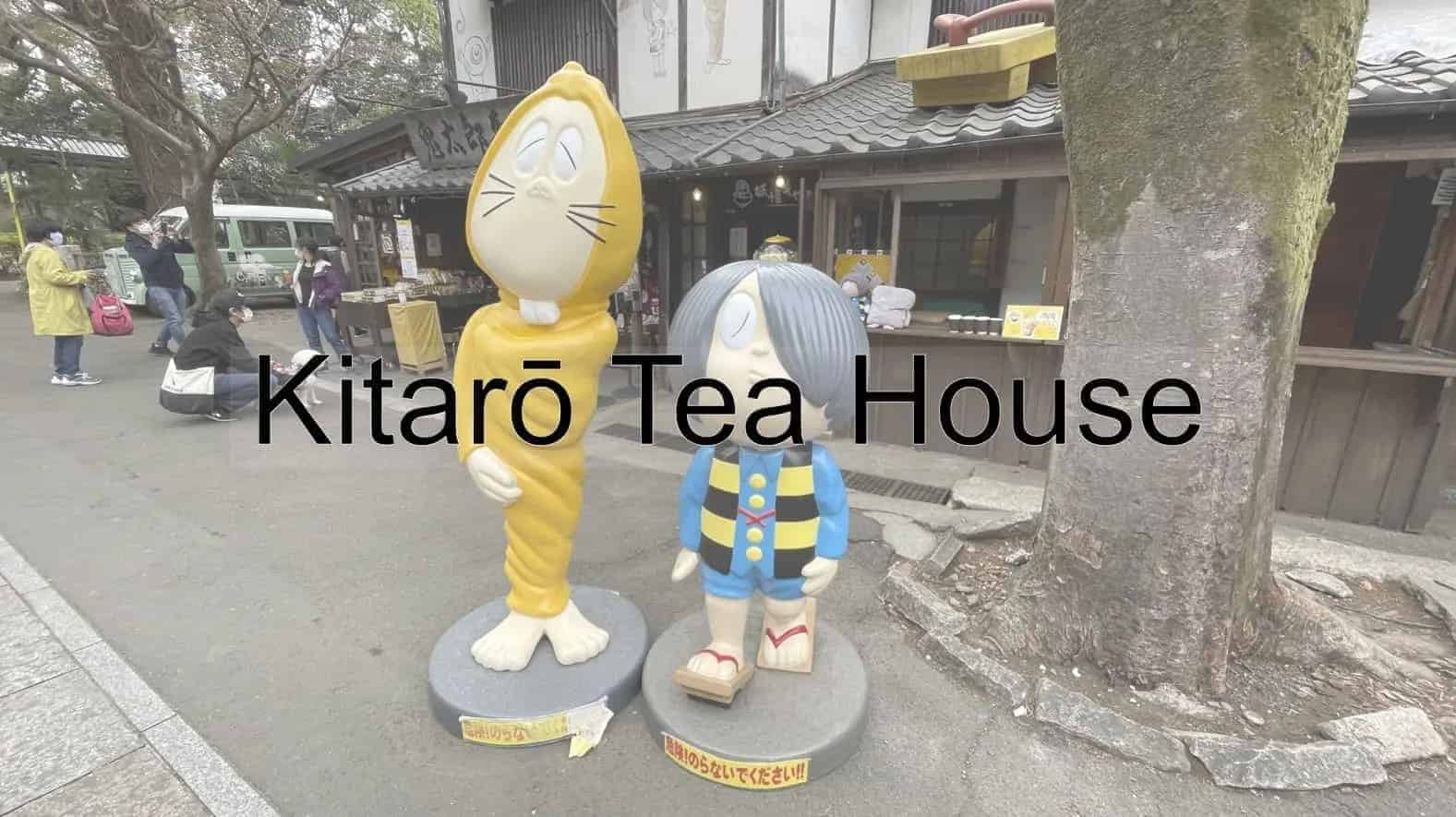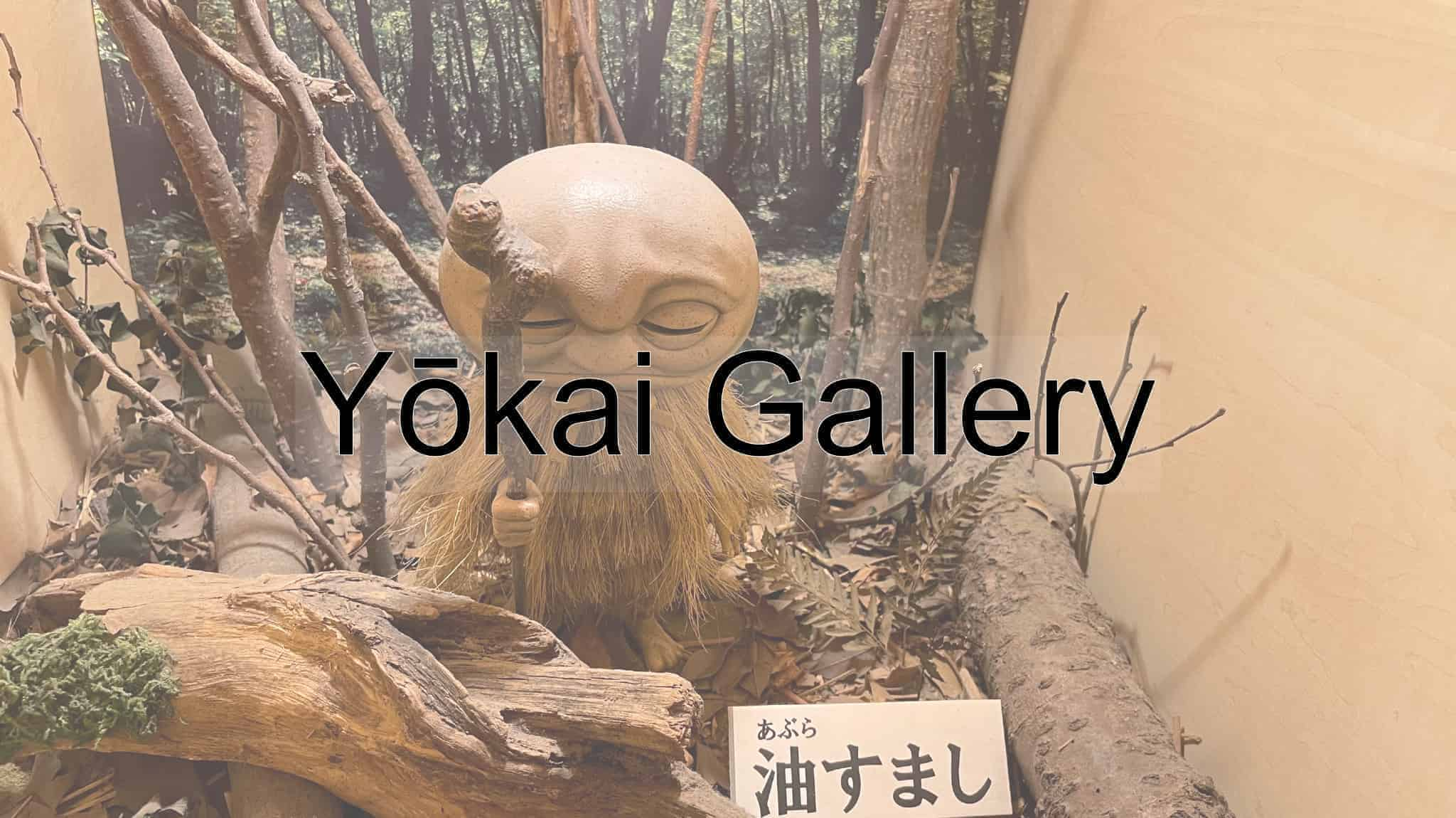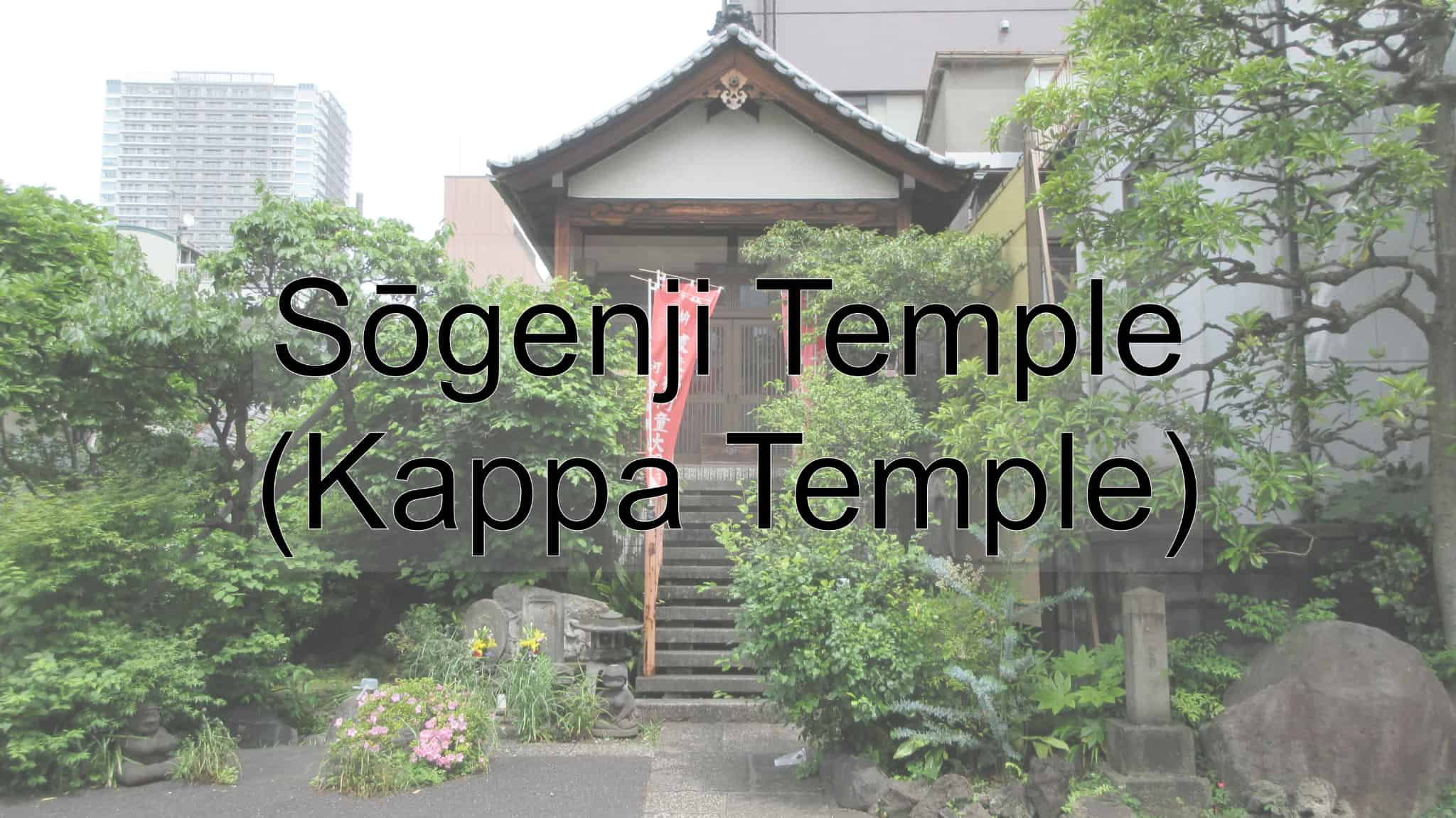Yōkai
妖怪 (yōkai) are far too often misinterpreted as “Japanese monsters”. Even though there are yōkai that look much like monsters, there are human-like yōkai, animal-like yōkai, and even yōkai that take the form of inanimate objects such as dinner plates found in a typical kitchen. Because of this, it’s difficult to refer to a yōkai simply as a monster. Also referred to as 妖 (ayakashi) and 物の怪 (mono no ke), lit: ghost, specter, or supernatural being, yōkai are specters, phantoms, apparitions, and so on based upon extraordinary phenomenons. They are strange, fantastic creatures (for lack of a better word) with mysterious powers. Yōkai are said to have originated from Japanese folklore, and can be found in the 日本書紀 (nihon shoki), which is said to be the oldest Japanese history book in existence. This is a book that was written back in the Nara period (710-794) and shows just how rich of a culture yōkai hold in Japanese society.
When one thinks of yōkai one often thinks of the Japanese comic ゲゲゲの鬼太郎 (gegege no kitarō), written by Shigeru Mizuki. Shigeru Mizuki loved anything grotesque and took what was seen as scary, difficult to approach yōkai, and drew them with bright, vivid colors. He made them cute, making them even more well-known (not just in Japan, but around the world).
The main character of this series Kitarō goes around suppressing evil yōkai that are up to no good. From time to time he encounters yōkai which can be a right old nuisance, finding himself in a right old spot of trouble, thus where the story unfolds.
This was a comic that was originally based on another series by Shigeru Mizuki known as 墓場鬼太郎 (hakaba kitarō), but when the name of the series changed to Gegege no Kitarō it ended up becoming a televised cartoon. Once Gegege no Kitarō hit the air, it became a huge success.
Yōkai are not just found in one location but can be found all across Japan, and I hope that the articles here can help you learn about what parts of Japan they can be found in, as well as get a deeper, more in-depth look at the varieties that exist, and what they are. By knowing more about yōkai, I hope that you'll get a better understanding of traditional Japanese folk beliefs.


